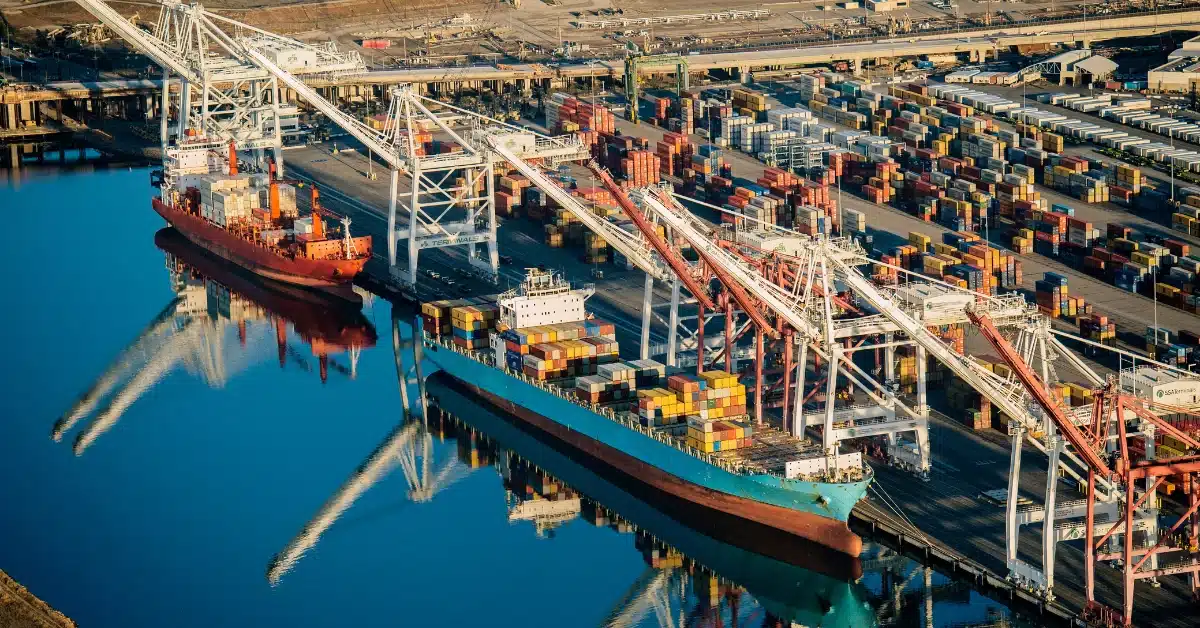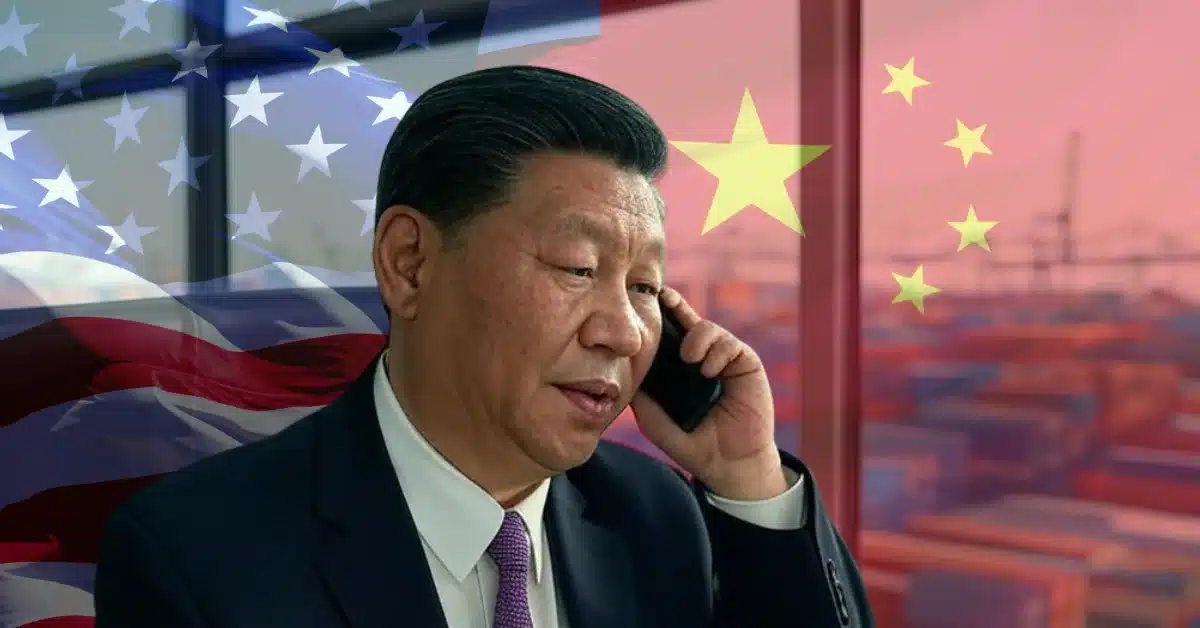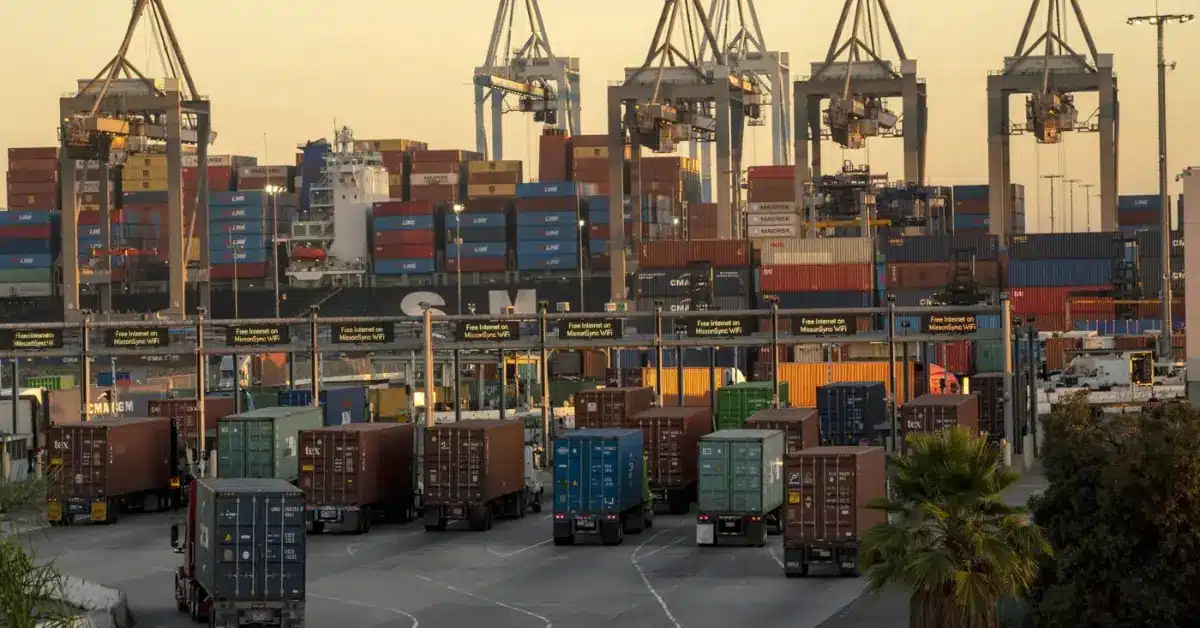U.S. Reevaluates Port Fee Strategy for Chinese Vessels Amid Industry Pushback
Table of Contents
In 2025, the U.S. administration proposed significant port fees on Chinese vessels as part of a broader strategy to counter China’s dominance in global shipping and bolster domestic shipbuilding. However, the proposal has met with considerable resistance from various industry stakeholders, prompting a reevaluation of the plan to mitigate potential economic repercussions.
Background of the Proposed Fees
The initial proposal aimed to impose fees up to $1.5 million per port call on Chinese-built or operated ships. The rationale was to discourage reliance on Chinese maritime infrastructure and encourage investment in the U.S. shipbuilding sector. The fees were also seen as a response to China’s alleged unfair trade practices in the maritime industry.
Industry Opposition and Concerns
Industry representatives, including shippers, importers, and port operators, expressed concerns that the proposed fees would:
- Increase shipping costs, leading to higher prices for consumers.
- Disrupt supply chains, particularly for bulk commodities like agriculture and chemicals.
- Divert shipping traffic away from smaller U.S. ports, leading to congestion at major hubs.
- Negatively impact U.S. exporters reliant on Chinese-built vessels.
These concerns were voiced during public hearings and consultations, emphasizing the potential for significant economic disruption if the fees were implemented as initially proposed.
Revisions Under Consideration
In response to the feedback, the U.S. administration is considering several adjustments to the proposed fee structure:
- Scaled Fees Based on Vessel Size: Implementing a tiered fee system where smaller vessels, especially those carrying essential goods like agricultural products, would incur lower fees.
- Fleet Composition Consideration: Adjusting fees based on the proportion of Chinese-built ships within a company’s fleet, potentially reducing charges for operators with minimal Chinese-built vessels.
- Delayed Implementation: Postponing the enforcement of the fees to allow industries time to adapt and explore alternative shipping arrangements.
- Exemptions for Certain Cargo Types: Considering exemptions or reduced fees for vessels transporting critical commodities to prevent supply chain disruptions.
Economic and Strategic Implications
While the intent behind the fees is to strengthen U.S. maritime capabilities and reduce dependence on Chinese infrastructure, the economic implications are significant. Analysts estimate that the fees could amount to approximately $23 billion annually if applied to all Chinese vessel port calls in the U.S. Such costs could be passed on to consumers and exporters, potentially undermining the competitiveness of U.S. goods in global markets.
Stakeholder Perspectives
- Shippers and Importers: Concerned about increased operational costs and potential supply chain disruptions.
- Port Operators: Worried about reduced traffic to smaller ports and the resulting economic impact on local communities.
- Exporters: Fear losing access to cost-effective shipping options, particularly for bulk commodities.
- Policy Makers: Balancing national security interests with the need to maintain economic stability and avoid unintended consequences.
Conclusion
The U.S. administration’s reconsideration of the proposed port fees on Chinese vessels reflects the complexity of implementing trade policies that safeguard national interests without causing undue economic harm. As discussions continue, stakeholders across the maritime industry await a revised plan that addresses their concerns while achieving strategic objectives.
FAQs
Q1: What was the original purpose of the proposed port fees on Chinese vessels?
A1: The fees aimed to counter China’s dominance in global shipping, promote U.S. shipbuilding, and address alleged unfair trade practices by imposing significant charges on Chinese-built or operated ships entering U.S. ports.
Q2: Why is the U.S. administration reconsidering the fee structure?
A2: Significant opposition from industry stakeholders highlighted potential economic disruptions, prompting the administration to explore adjustments that balance strategic goals with economic realities.
Q3: What changes are being considered for the fee implementation?
A3: Proposed revisions include scaled fees based on vessel size, consideration of fleet composition, delayed implementation timelines, and exemptions for certain cargo types to mitigate adverse impacts.
Q4: How could the fees affect U.S. exporters and consumers?
A4: Increased shipping costs could lead to higher prices for consumers and reduced competitiveness for U.S. exporters, particularly those relying on Chinese-built vessels for transporting goods.
Q5: When is the revised plan expected to be finalized?
A5: The U.S. Trade Representative is expected to announce the final plan by April 17, 2025, with implementation potentially delayed to allow for industry adaptation.






